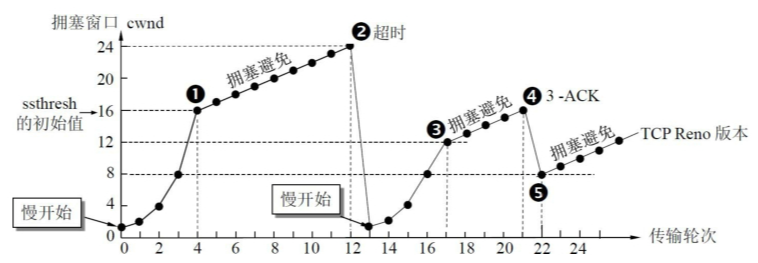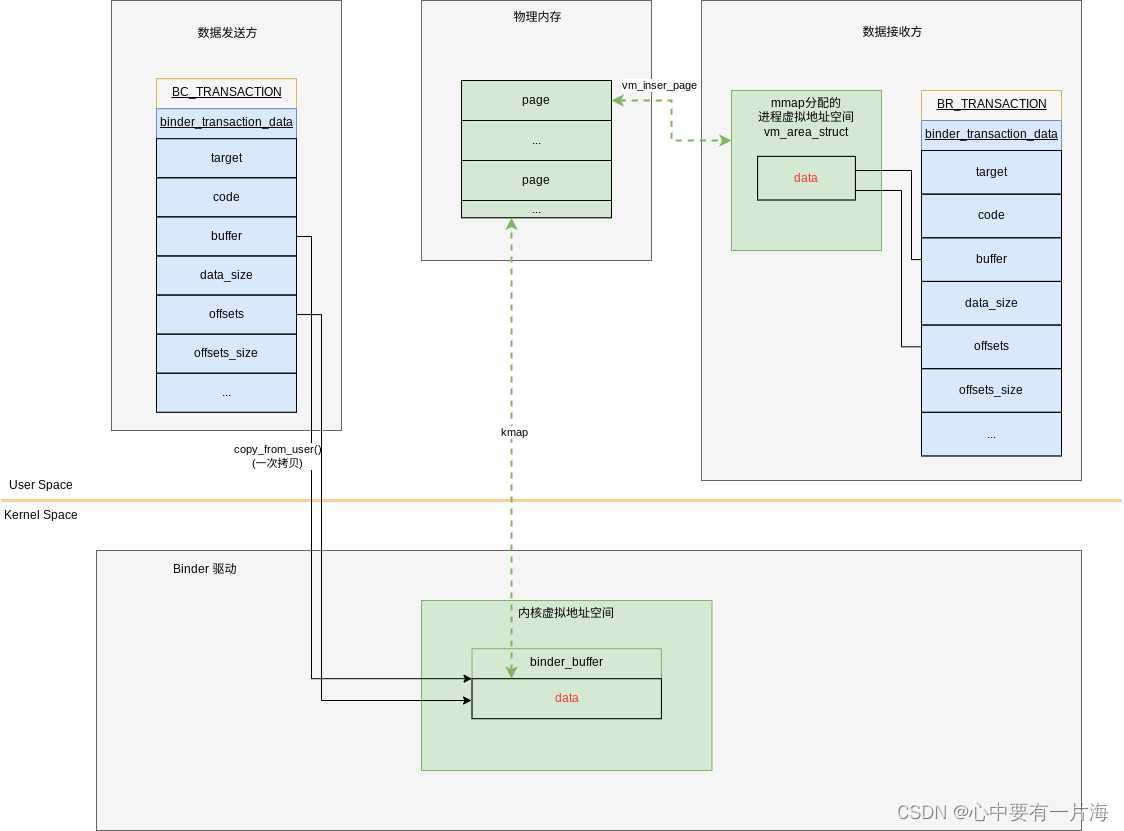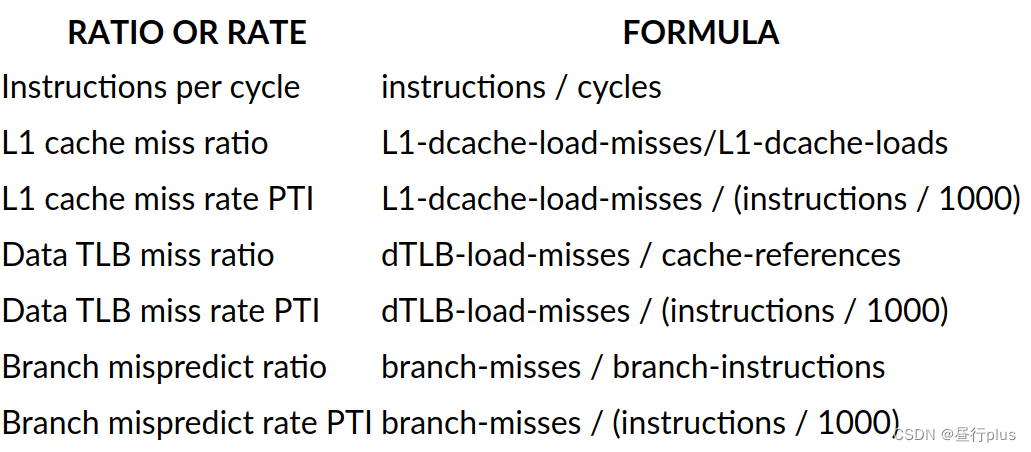
目录
1. 二叉树的最大深度 🌟
2. 二叉树的层序遍历 🌟🌟
3. 最短回文串 🌟🌟🌟
🌟 每日一练刷题专栏 🌟
Golang每日一练 专栏
Python每日一练 专栏
C/C++每日一练 专栏
Java每日一练 专栏
1. 二叉树的最大深度
给定一个二叉树,找出其最大深度。
二叉树的深度为根节点到最远叶子节点的最长路径上的节点数。
说明: 叶子节点是指没有子节点的节点。
示例:
给定二叉树 [3,9,20,null,null,15,7],
3
/ \
9 20
/ \
15 7
返回它的最大深度 3 。
出处:
https://edu.csdn.net/practice/25949981
代码:
import java.util.*;
public class maxDepth {
public final static int NULL = Integer.MIN_VALUE; //用NULL来表示空节点
public static class TreeNode {
int val;
TreeNode left;
TreeNode right;
TreeNode(int x) {
val = x;
}
}
public static class Solution {
public int maxDepth(TreeNode root) {
if (root == null) {
return 0;
}
int deep = 1;
if (root.left == null && root.right == null) {
return 1;
}
int leftDeep = 0;
if (root.left != null) {
leftDeep = 1 + maxDepth(root.left);
}
int rightDeep = 0;
if (root.right != null) {
rightDeep = 1 + maxDepth(root.right);
}
return deep + leftDeep > rightDeep ? leftDeep : rightDeep;
}
}
public static TreeNode createBinaryTree(Vector<Integer> vec) {
if (vec == null || vec.size() == 0) {
return null;
}
Queue<TreeNode> queue = new LinkedList<>();
TreeNode root = new TreeNode(vec.get(0));
queue.offer(root);
int i = 1;
while (!queue.isEmpty()) {
int size = queue.size();
for (int j = 0; j < size; j++) {
TreeNode node = queue.poll();
if (i < vec.size() && vec.get(i) != NULL) {
node.left = new TreeNode(vec.get(i));
queue.offer(node.left);
}
i++;
if (i < vec.size() && vec.get(i) != NULL) {
node.right = new TreeNode(vec.get(i));
queue.offer(node.right);
}
i++;
}
}
return root;
}
public static void main(String[] args) {
Solution s = new Solution();
Integer[] nums = {3,9,20,NULL,NULL,15,7};
Vector<Integer> vec = new Vector<Integer>(Arrays.asList(nums));
TreeNode root = createBinaryTree(vec);
System.out.println(s.maxDepth(root));
}
}
输出:
3
2. 二叉树的层序遍历
给你一个二叉树,请你返回其按 层序遍历 得到的节点值。 (即逐层地,从左到右访问所有节点)。
示例:
二叉树:[3,9,20,null,null,15,7],
3
/ \
9 20
/ \
15 7
返回其层序遍历结果:
[ [3], [9,20], [15,7] ]
出处:
https://edu.csdn.net/practice/25855085
代码:
import java.util.*;
public class levelOrder {
public final static int NULL = Integer.MIN_VALUE; //用NULL来表示空节点
public static class TreeNode {
int val;
TreeNode left;
TreeNode right;
TreeNode(int x) {
val = x;
}
}
public static class Solution {
public List<List<Integer>> levelOrder(TreeNode root) {
List<List<Integer>> l = new ArrayList<>();
Queue<TreeNode> q = new LinkedList<TreeNode>();
if (root != null) {
q.add(root);
}
while (!q.isEmpty()) {
List<Integer> l2 = new ArrayList<>();
int number = q.size();
while (number > 0) {
TreeNode t = q.poll();
l2.add(t.val);
if (t.left != null) {
q.add(t.left);
}
if (t.right != null) {
q.add(t.right);
}
number--;
}
l.add(l2);
}
return l;
}
}
public static TreeNode createBinaryTree(Vector<Integer> vec) {
if (vec == null || vec.size() == 0) {
return null;
}
Queue<TreeNode> queue = new LinkedList<>();
TreeNode root = new TreeNode(vec.get(0));
queue.offer(root);
int i = 1;
while (!queue.isEmpty()) {
int size = queue.size();
for (int j = 0; j < size; j++) {
TreeNode node = queue.poll();
if (i < vec.size() && vec.get(i) != NULL) {
node.left = new TreeNode(vec.get(i));
queue.offer(node.left);
}
i++;
if (i < vec.size() && vec.get(i) != NULL) {
node.right = new TreeNode(vec.get(i));
queue.offer(node.right);
}
i++;
}
}
return root;
}
public static void main(String[] args) {
Solution s = new Solution();
Integer[] nums = {3,9,20,NULL,NULL,15,7};
Vector<Integer> vec = new Vector<Integer>(Arrays.asList(nums));
TreeNode root = createBinaryTree(vec);
System.out.println(s.levelOrder(root));
}
}
输出:
[[3], [9, 20], [15, 7]]
3. 最短回文串
给定一个字符串 s,你可以通过在字符串前面添加字符将其转换为回文串。找到并返回可以用这种方式转换的最短回文串。
示例 1:
输入:s = "aacecaaa" 输出:"aaacecaaa"
示例 2:
输入:s = "abcd" 输出:"dcbabcd"
提示:
0 <= s.length <= 5 * 10^4s仅由小写英文字母组成
出处:
https://edu.csdn.net/practice/25949983
代码:
import java.util.*;
public class shortestPalindrome {
public static class Solution {
public static String shortestPalindrome(String s) {
StringBuilder r = new StringBuilder(s).reverse();
String str = s + "#" + r;
int[] next = next(str);
String prefix = r.substring(0, r.length() - next[str.length()]);
return prefix + s;
}
private static int[] next(String P) {
int[] next = new int[P.length() + 1];
next[0] = -1;
int k = -1;
int i = 1;
while (i < next.length) {
if (k == -1 || P.charAt(k) == P.charAt(i - 1)) {
next[i++] = ++k;
} else {
k = next[k];
}
}
return next;
}
}
public static void main(String[] args) {
Solution s = new Solution();
String str = "aacecaaa";
System.out.println(s.shortestPalindrome(str));
str = "abcd";
System.out.println(s.shortestPalindrome(str));
}
}输出:
aaacecaaa
dcbabcd
🌟 每日一练刷题专栏 🌟
✨ 持续,努力奋斗做强刷题搬运工!
👍 点赞,你的认可是我坚持的动力!
🌟 收藏,你的青睐是我努力的方向!
✎ 评论,你的意见是我进步的财富!
☸ 主页:https://hannyang.blog.csdn.net/
 | Golang每日一练 专栏 |
 | Python每日一练 专栏 |
 | C/C++每日一练 专栏 |
 | Java每日一练 专栏 |



















